Iran, India ink many deals, vow to strengthen ties
February 13, 2018 Leave a comment
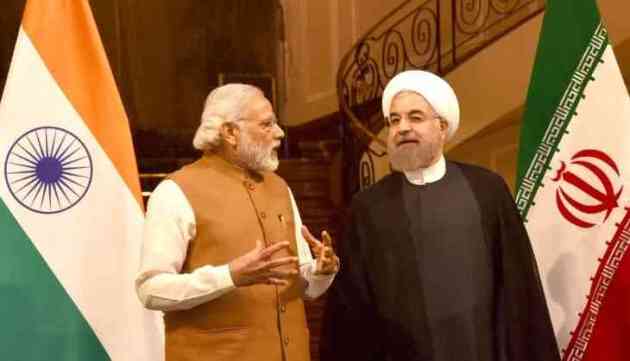
Syed Zafar Mehdi
Reiterating their commitment to strengthen bilateral ties and take their ‘civilizational relationship’ to the next level, President Hassan Rouhani and Indian Prime Minister Narendra Modi held wide-ranging talks on cooperation in the areas of trade and investment, energy, connectivity, defence and security and regional issues in New Delhi on Saturday.
President Rouhani, who was on his first visit to India since assuming office in 2013, flew to New Delhi from southern Indian city of Hyderabad on Saturday morning. He was accompanied by a high-level 21-member delegation, including Foreign Minister Javad Zarif.
Before the bilateral talks, President Rouhani was given a state reception at the Rashtrapati Bhavan (President’s house) where he also met President Ram Nath Kovind. He said the people of Iran and India have had “friendly relations with each other” since many centuries and this century belongs to Asia in which the two neighboring countries have a key role to play.
Following the bilateral talks, the two leaders issued a joint statement, outlining their vision for the future of India-Iran ties. Prime Minister Modi said the two countries want to enhance cooperation in various areas and deepen bilateral ties. He lauded President Rouhani’s vision of giving access for trade with landlocked Afghanistan through Chabahar Port and hoped the bond between the people of India and Iran will grow stronger with easier visa norms and educational ties.
Prime Minister Modi said the enhanced cooperation between India and Iran will hugely benefit their immediate neighbor – Afghanistan, and said the two countries share same vision for peace and prosperity in the region.
President Rouhani, in his brief talk, said the two countries have reached good understanding on the Chabahar Port and cooperation in the areas of energy, petroleum and gas will also improve significantly.
The two sides signed nine agreements, with strong focus on the strategically important Chabahar Port in southeastern Iran. The agreements signed include double taxation avoidance agreement, MoU on exemption of visa requirements for diplomatic passport holders, exchange of instrument of ratification of extradition treaty, lease contract for Shahid Beheshti Port – Phase 1 of Chabahar Port between PMO and IPGL, MoU on cooperation in the field of traditional systems of medicine, MoU on the establishment of an expert group on trade remedy measures to promote cooperation in areas of mutual interest, MoU on cooperation in the field of agriculture and allied sectors, MoU on cooperation in the field of health and medicine, MoU on postal cooperation.
On the sidelines of the visit, some other MoUs between trade bodies were also signed, most notably MoU between EEPC India and Trade Promotion Organisation of Iran, MoU between FICCI India and ICCIMA Iran, MoU between ASSOCHAM India and ICCIMA Iran, MoU between PHDCCI India and ICCIMA Iran.
President Rouhani had earlier expressed his country’s willingness to share its vast oil and natural gas resources with India and offered to simplify visa norms for hassle-free people-to-people ties. The two sides also agreed on ‘rupee-rial mechanism’ to evade banking problems caused by the draconian Western sanctions.
In a warm gesture, following the talks and signing of agreements, President Rouhani gifted an animated version of Kalila Wa Demna (Persian translation of Panchtantra) and a copy of the Mahabharat in Persian to Prime Minister Modi.
President Rouhani kicked off his three-day visit to India on Thursday from Hyderabad, a city designed on the pattern of Iran’s Isfahan by legendary Iranian architect Mir Momin Ashtarabadi. He visited the historic Qutub Shahi tombs, built in Persian architecture by Qutub Shahi dynasty rulers who had Iranian ancestry. He also visited Salar Jung Museum, Golconda Fort and held a series of interactions with students and religious scholars.
Addressing a gathering of Muslim leaders and scholars in Hyderabad, President Rouhani hailed India as a “living example of peaceful co-existence”, and called for Shia-Sunni unity while warning of plots and conspiracies being hatched in the West to divide Muslims. He said Iran wants cordial relations with all countries in the region, and reiterated his country’s commitment to strengthen ties with India.
On Friday, he joined worshippers at Hyderabad’s historic Makkah Masjid to offer joint Shia-Sunni congregational prayers. He also became the first head of a state to deliver address at the 17th century mosque. In his brief but beautiful speech, President Rouhani, who is also a distinguished scholar of Islam, emphasized the importance of upholding the banner of unity and bridging the growing chasm between Shias and Sunnis.
The enthusiastic audience, which included Andhra Pradesh Deputy Chief Minister Mohammed Mahmood Ali and highly influential Hyderabad MP Asaduddin Owaisi, latched on to every word he had to say about Muslim unity, peaceful co-existence, Western imperialism and Indo-Iran historic ties.
This is perhaps for the first time a foreign leader from a Muslim country has started his India visit from a historic mosque and made Muslim unity and brotherhood his main talking point. It is significant and timely considering the problems Muslims are facing in India and across the world with growing specter of Islamophobia and hate crimes. In such an environment, unity becomes indispensable.
Muslim unity is also crucial to counter the despicable project of sectarianism and takfirism that is being promoted by certain powers to sow seeds of discord among Muslims. Unlike leaders in the Arab world, Iranian leaders, especially Supreme Leader Sayed Ali Khamenie and President Hassan Rouhani, have been very vocal and powerful advocates of Muslim unity.
President Rouhani’s visit to India comes a month after Israeli Prime Minister Benjamin Netanyahu’s first official trip to India and days after Modi’s whirlwind four-nation tour of West Asia and Gulf region. The growing proximity between New Delhi and Tel Aviv in recent years has raised many eyebrows in India and abroad. Regional observers believe Modi government is playing with fire by mollycoddling a ‘Frankenstein monster’, which can prove counterproductive to India’s global ambitions. Pertinently, Netanyahu was greeted with street protests across India, while President Rouhani was accorded warm reception in both Hyderabad and New Delhi.
Iran and India have shared age-old historical, commercial and cultural ties. Iran has been the main supplier of crude oil to India even at the peak of Western sanctions between 2012 and 2016. Although the volume of business was affected by the crippling sanctions, the partnership only became stronger. Since Modi’s visit to Iran in May 2016, when New Delhi and Tehran renewed many key business deals and signed a trilateral agreement on transit and transport between India, Iran and Afghanistan, the two countries have significantly enhanced their bilateral ties. The trade volume was estimated to be $12.89 billion dollar in 2017-2018, according to figures provided by India’s Foreign Ministry.
The export of crude oil has substantially increased in last one year, making Iran the third largest oil exporter for India. According to energy experts, India is slated to become world’s second-largest consumer of hydrocarbons in three decades so future appears bright for Indo-Iran energy partnership.
While the ambitious deal on India’s investment in Farzad B offshore gas field, with gas reserve of 21.7 tcf, has failed to make headway, all eyes are now on Chabahar Port in Sistan-Baluchistan province, which was inaugurated in December last year, shortly after the first consignment of wheat was sent from India to Afghanistan. India has committed to invest $500 million in the project, besides an additional $16 billion investment in Chabahar free trade zone. The port connects India with Afghanistan and opens a new strategic transit route to many Central Asian countries, bypassing Pakistan.
According to sources, the development of Farzad B gas field by Indian companies figured prominently in talks between the two sides on Saturday. Iran had some reservations and sought new terms of the deal.
President Rouhani’s first visit to India marks an important turnaround in Indo-Iran relations at a time when the Zionist regime is sucking up to New Delhi and some Western powers are trying hard to throw a spanner in their ties. Although the U.S. has said it would not come in the way of India-Iran trade matters, regional watchers believe the devil can never be trusted.
(First published in Tehran Times)
http://www.tehrantimes.com/news/421368/Iran-India-ink-many-deals-vow-to-strengthen-ties
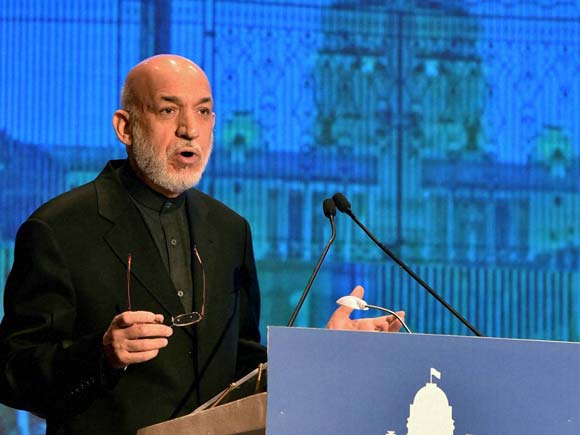
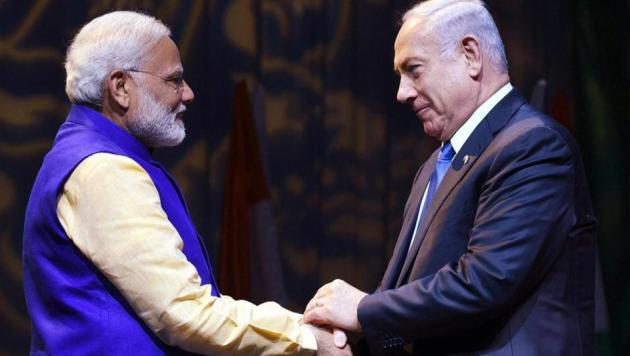
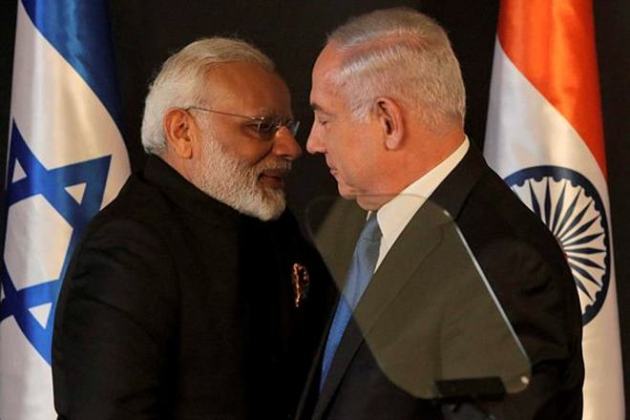
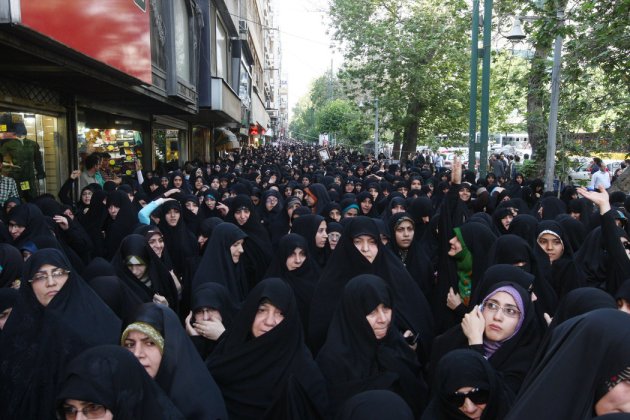
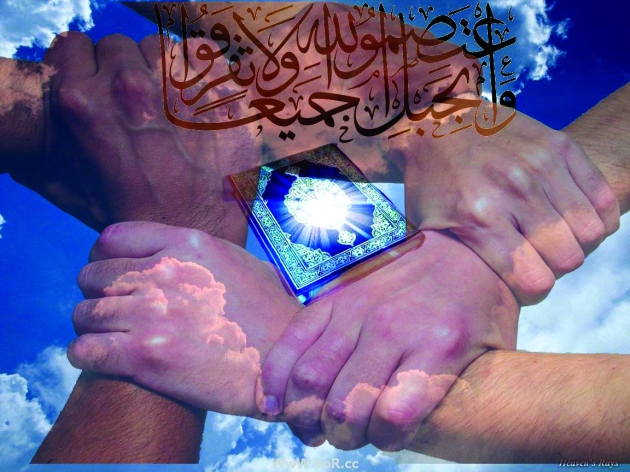
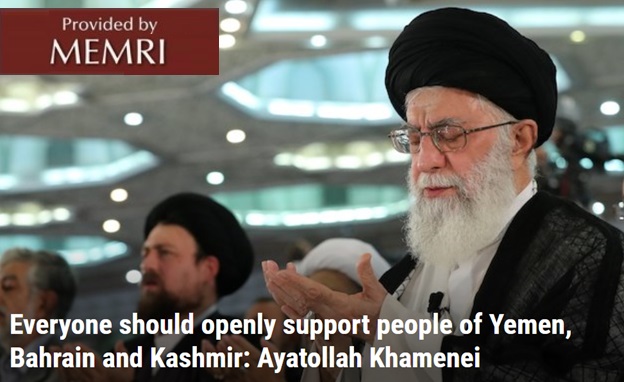
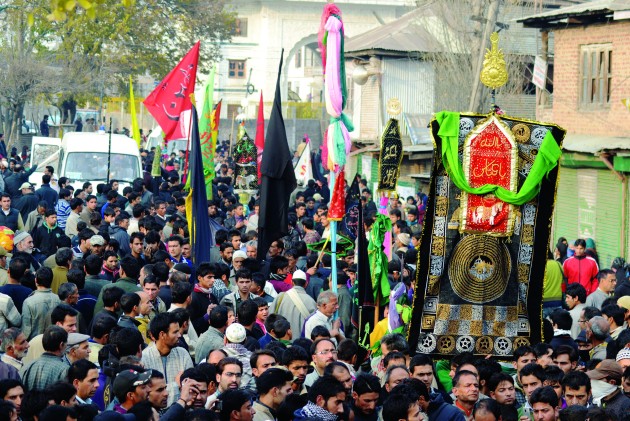

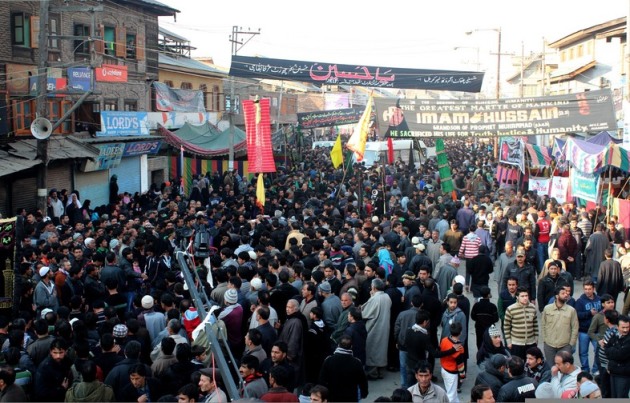



Recent Comments